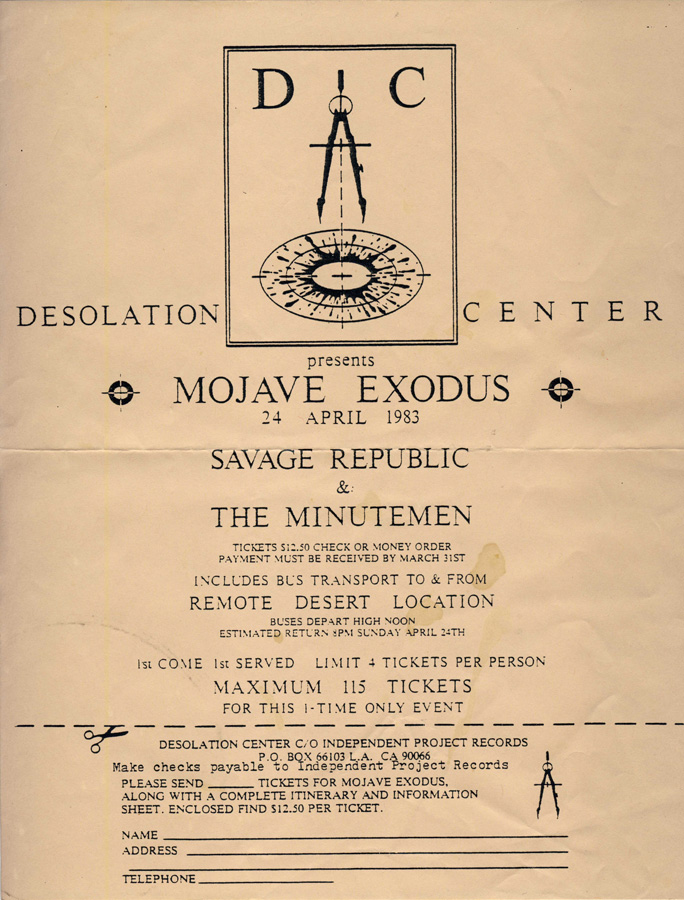
When LA’s Punk Scene Outsmarted the LAPD with Desert Gigs
In the gritty underbelly of early 1980s Los Angeles, the punk scene was alive with the sound of mohawks, leather jackets, and a visceral distaste for the mainstream. Amidst this cultural tumult, Stuart Swezey, deeply embedded in the anarchic spirit of punk and influenced by the burgeoning performance art scene, was growing frustrated with the oppressive oversight of club owners and constant interference by the LAPD, led by the notorious Chief Daryl Gates. Fueled by a radical vision, Swezey began to dream of something different—a concert series free from any external control, where music and freedom could meld in their most unfiltered form.
This vision led Swezey to create Desolation Center, initially staging guerrilla music events in the abandoned warehouses of downtown L.A. Despite these efforts, the relentless police disruptions persisted, pushing him to seek even more secluded venues. This series of underground, off-grid events would eventually influence major modern festivals like Burning Man and Coachella, setting a precedent for liberating music experiences from conventional restrictions.
The Genesis of Mojave Exodus
The Mojave Exodus was a series of legendary music festivals organized by Stuart Swezey in the Mojave Desert in Southern California in 1983. Inspired during a road trip through the Sonoran Desert, Swezey envisioned hosting punk shows in the desolate landscapes of the Mojave Desert, far from the reach of city authorities. He was particularly moved by the music of bands like Savage Republic, whose soundtracks seemed a fitting complement to the barren desert backdrop. Swezey contacted Bruce Licher of Savage Republic and proposed a desert concert. Licher was enthusiastic and suggested a dry lake bed he had previously used for a film project as the venue. Opting to sidestep formal permissions, they planned the event on this unclaimed land.
To address the logistical challenge of transporting attendees to the remote site, Swezey decided to include transportation in the ticket price. On April 24, 1983, attendees gathered in a downtown L.A. parking lot where buses transported them to the desert venue. The journey itself became part of the event’s allure, with a sense of adventure and uncertainty adding to the overall experience. Participants did not know where they were going until they arrived, a tactic that heightened the anticipation and sense of mystery surrounding the event.
The event, shielded by school buses arranged to block the desert winds and employing impromptu solutions like socks over microphones, was a success, marked by a palpable sense of freedom and absence of police interference.
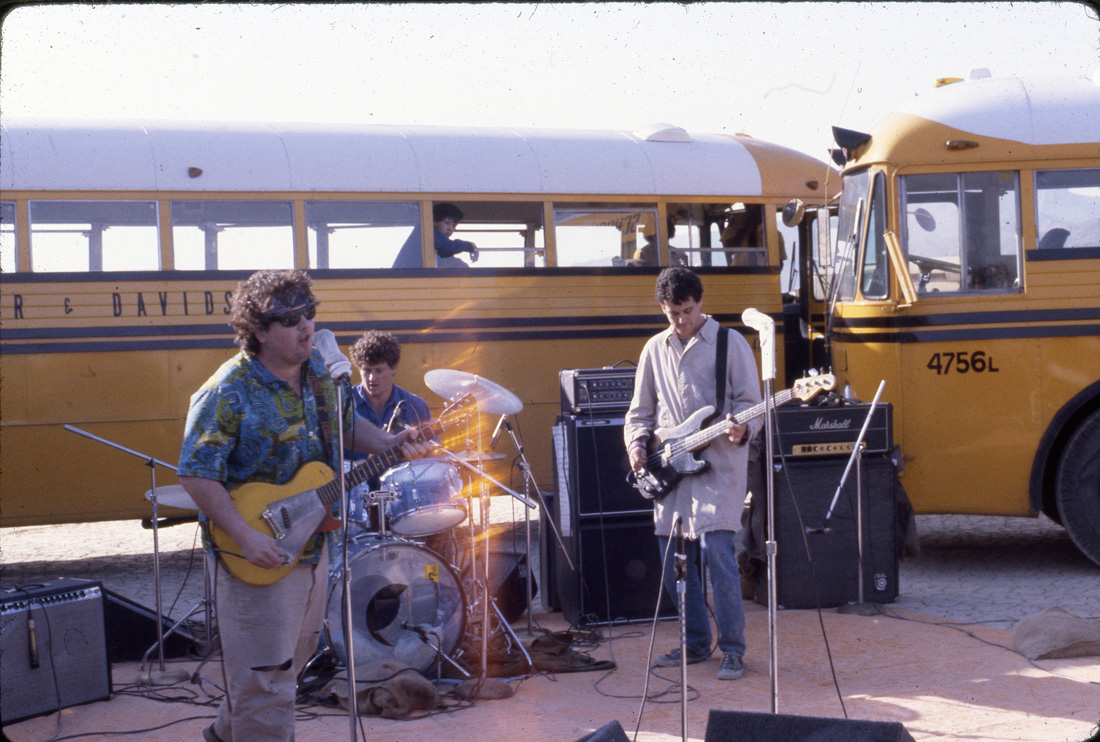
European Influences and Unique Venue Experiments
Buoyed by this success, Swezey quit his sales job and traveled to Europe, where he connected with members of the German industrial band Einstürzende Neubauten. Upon returning to L.A., Swezey received a call from the band, taking him up on his offer to organize a desert show. Scouting locations, he settled on a canyon near Mecca, California. The event quickly scaled up, requiring double the buses to transport an eager audience. This show featured performances that harmonized with the desert setting, including industrial sounds amidst bonfires and sunset.

Encouraged by the success of these shows, Swezey continued to push the boundaries of venue and genre. His next venture took place on a whale-watching boat off the coast of San Pedro, featuring performances by the Minutemen and the Meat Puppets. This unique setting attracted a full capacity crowd, further demonstrating the punk community’s resilience and innovation.
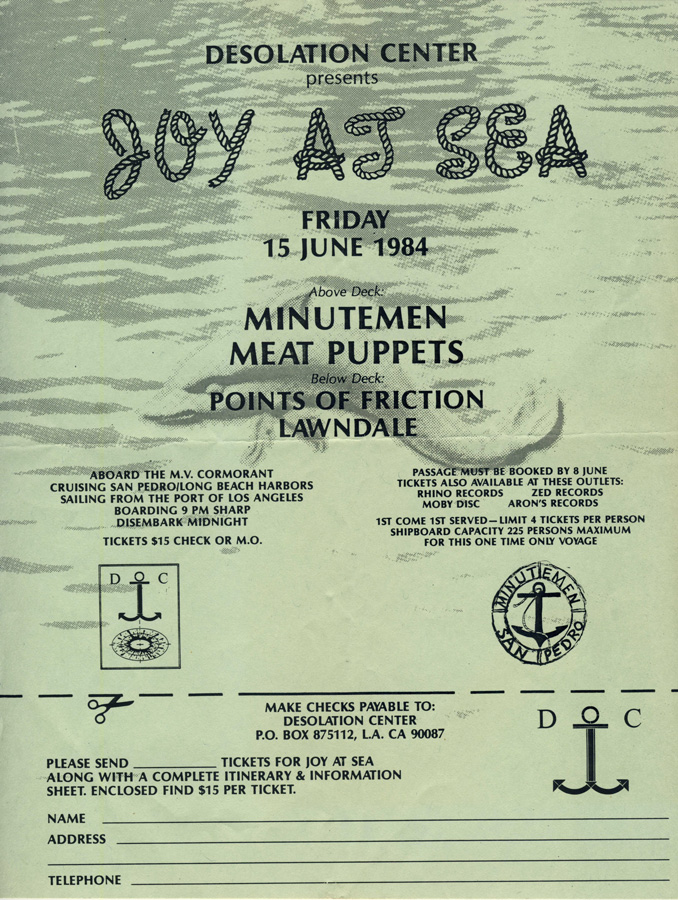
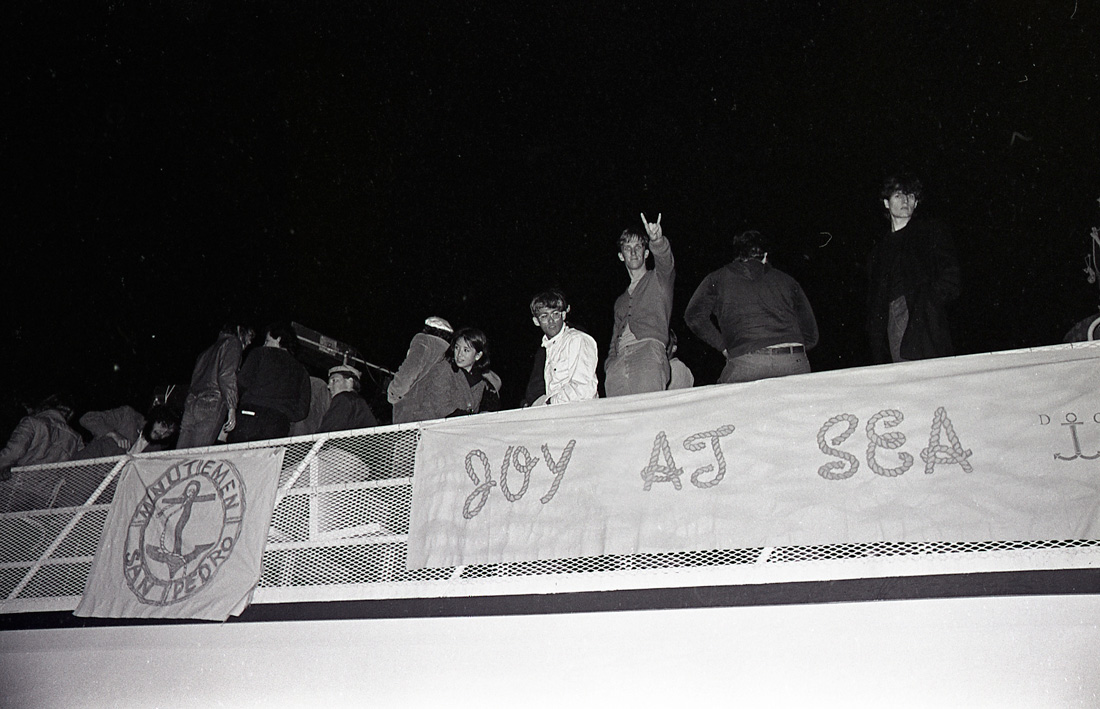
The Lasting Legacy of Desolation Center and the Future of DIY Events
Swezey’s ventures culminated with the Gila Monster Jamboree in 1985, a desert festival that showcased the evolving punk scene with performances by Sonic Youth, Redd Kross, and the Meat Puppets. The event, infused with the communal use of LSD, mirrored the spirit of the 1960s counterculture, yet through a distinctly punk lens. However, this event also brought legal challenges; Swezey was fined by the Bureau of Land Management for trespassing, a situation he resolved with minimal consequences through a benefit concert.
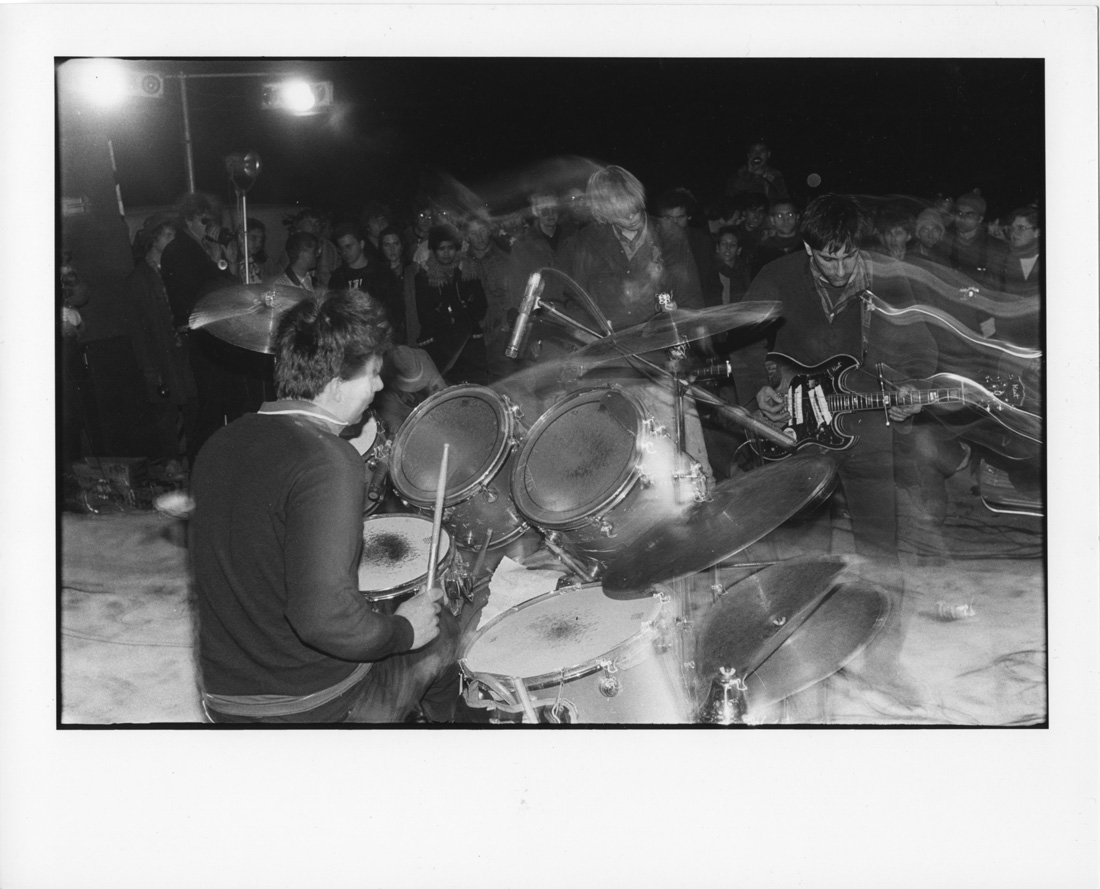
Despite the creative success of these events, the tragic death of D.Boon from the Minutemen marked a turning point for Swezey, leading him to withdraw from event promotion and eventually pivot to publishing with his imprint, Amok Books. Nevertheless, Swezey’s legacy continued through his documentary about the Desolation Center, which encourages a new generation to explore innovative, off-the-grid event planning.
The Cultural Impact and Its Ripples
The Mojave Exodus was a catalyst that ignited a trend. The idea of taking music to unconventional spaces where the environment itself interacts with the sound opened up new possibilities for what a music festival could be. This concept directly influenced the creation and ethos of later events like Burning Man and even aspects of Coachella, which embraced the blend of music, art, and community in a festival setting. The Mojave Exodus demonstrated that music, when paired with unique settings and a willingness to break from tradition, could create profound experiences that resonated far beyond the actual performance.
The legacy of Mojave Exodus has been captured in various forms over the years, including documentary films and oral histories. Stuart Swezey himself directed a documentary titled Desolation Center, which provides detailed insights into the planning and impact of the event, featuring interviews with performers and attendees. This documentation has helped cement the Mojave Exodus’s place in music history as a pioneering event that challenged conventional notions of what a concert could be.
Echoes in the Desert
Mojave Exodus stands as a testament to the power of innovation and the enduring spirit of punk. It was not just the first of the Desolation Center events but a declaration that music could be an immersive, communal, and transformative experience. The legacy of this desert concert continues to inspire festival organizers around the world, reminding us that sometimes, the best way to move forward is to strip things back and start in the middle of nowhere.